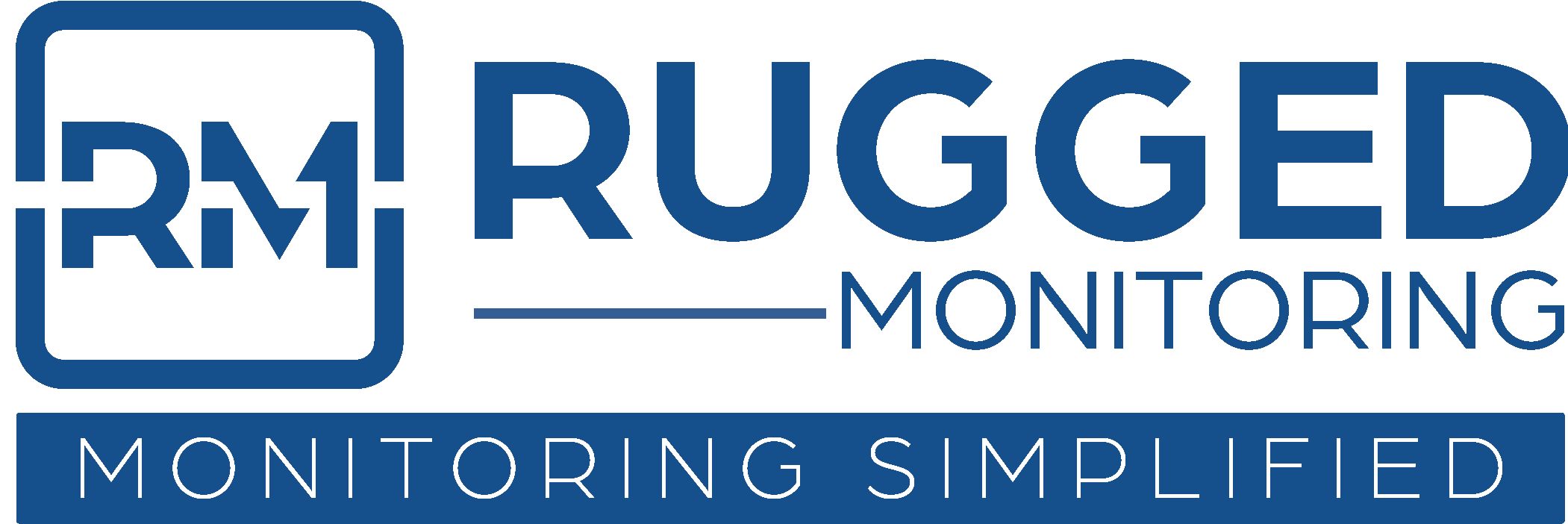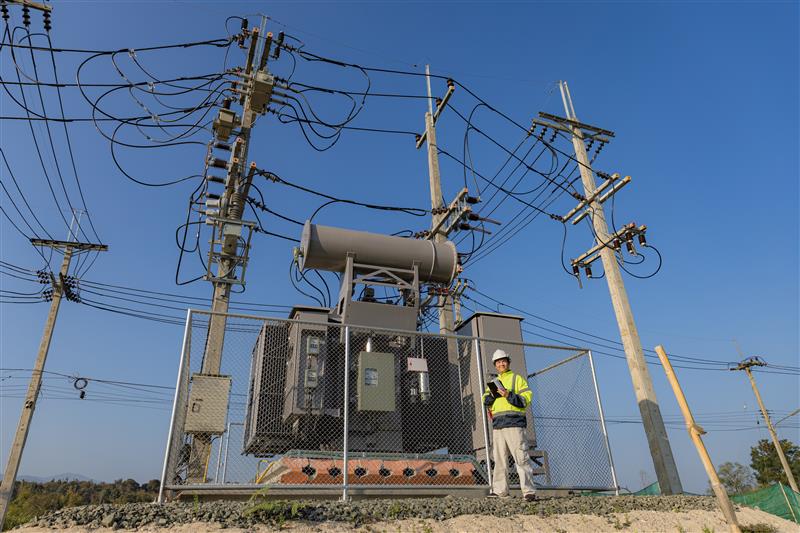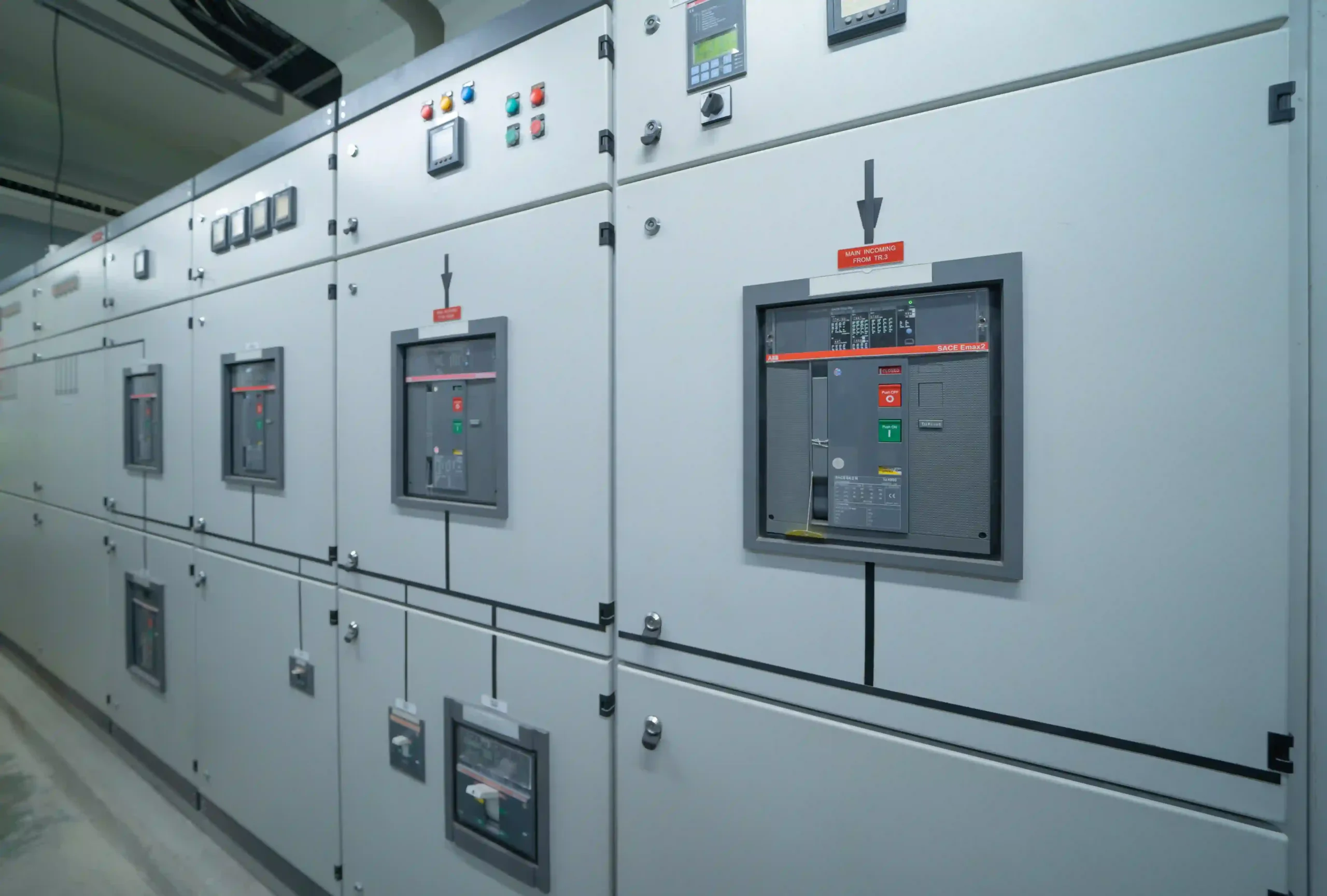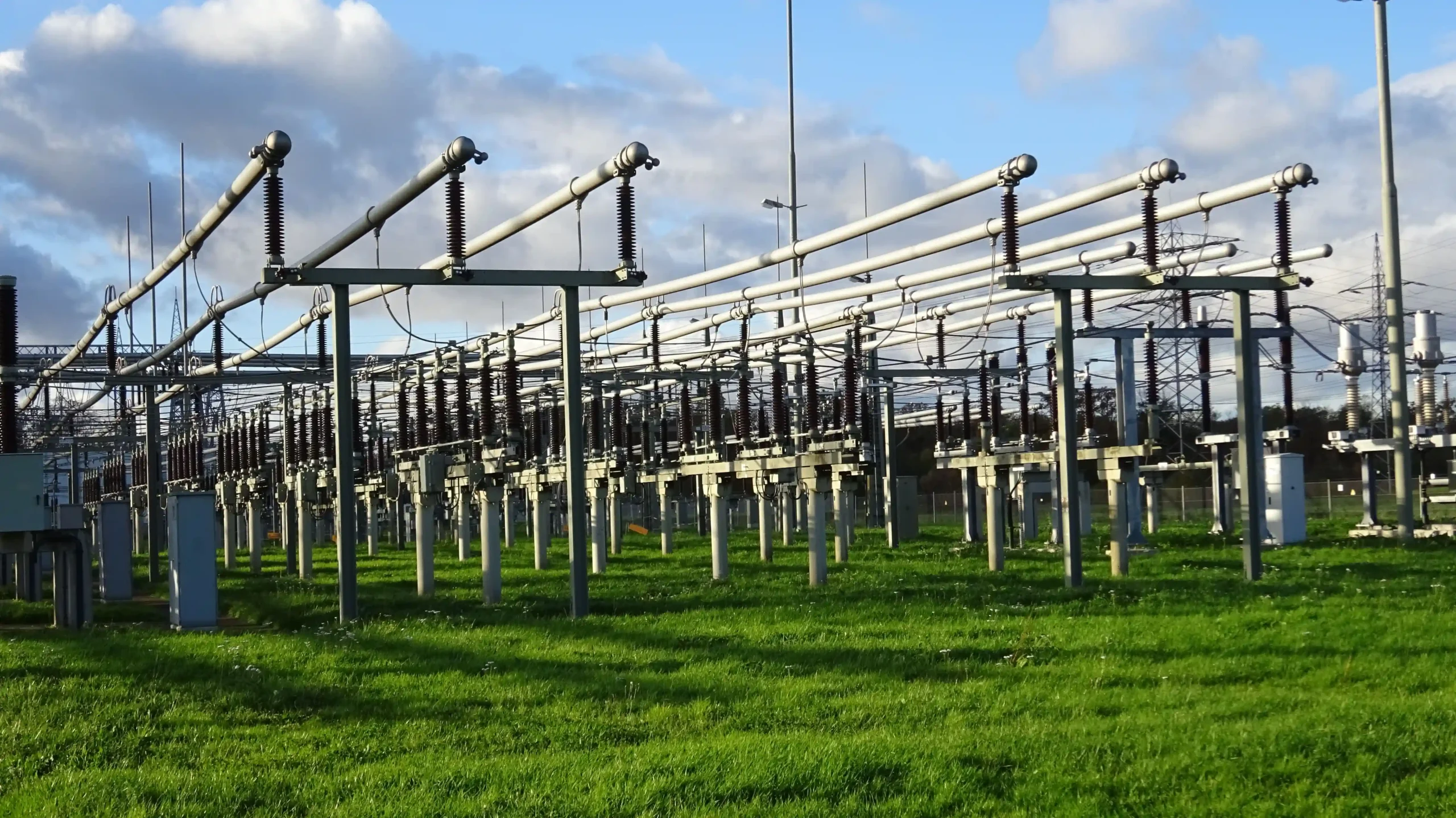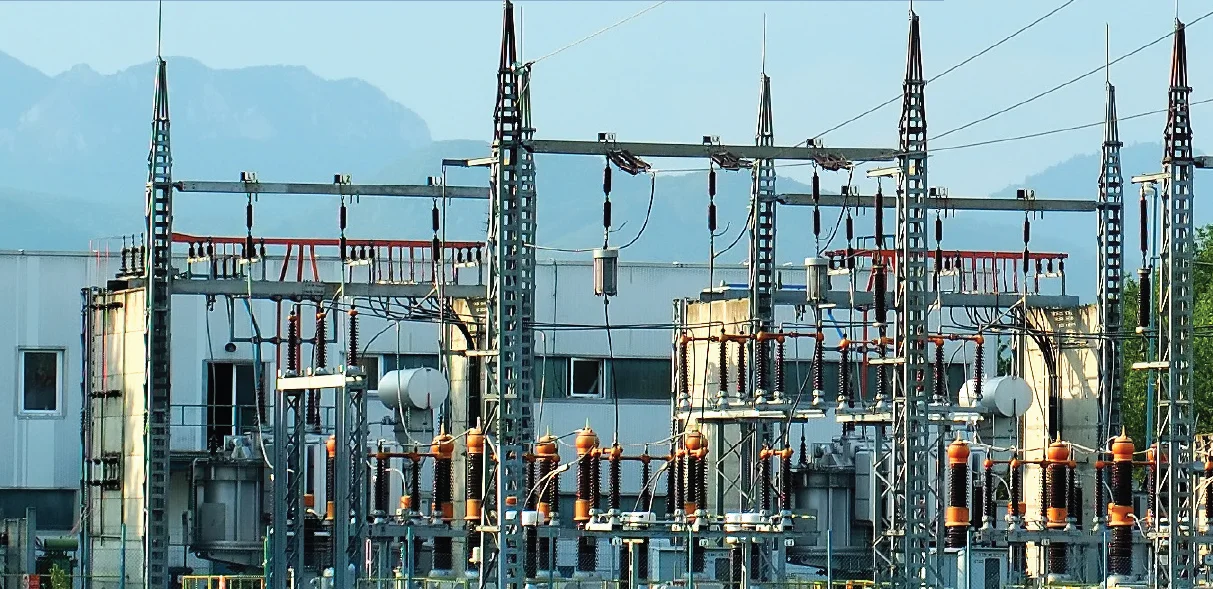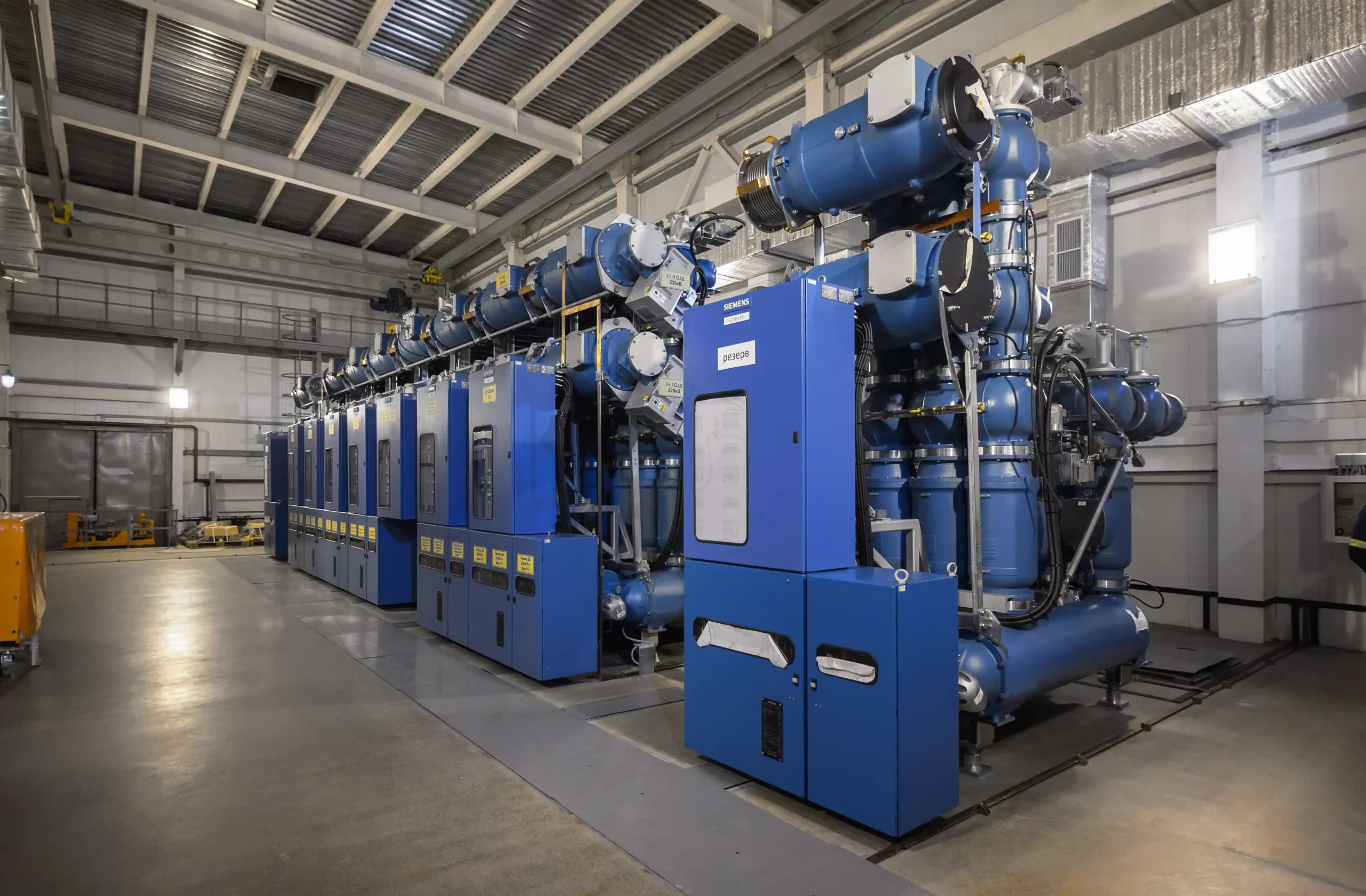In Part 1 of this blog series, we discussed the basics of transformer hotspot monitoring, emphasizing why precise temperature data is important. It is necessary to avoid insulation breakdown and minimize thermal stress on valuable electrical equipment. In continuation, Part 2 focuses on the specific techniques used in transformer monitoring. Thereby providing a pragmatic view of traditional and modern solutions for identifying and mitigating thermal hazards.
Techniques to Detect and Evaluate Transformer Hotspot Temperatures
Accurate transformer hotspot monitoring is essential to avoid insulation breakdowns, reduce failure threats, and prolong the operational lifespan of high-voltage assets. Since transformers operate under increasing electrical and thermal stress, identifying and responding to emerging problems in real time has become critical. Varied diagnostic techniques form the basis of effective transformer monitoring systems. This blog explores key techniques used in modern transformer hotspot monitoring.
The following sections highlight commonly used methods for analysing winding temperature, identifying internal faults, and monitoring overall thermal performance.
1. Direct Fiber Optic Temperature Monitoring
Direct Fiber Optic Temperature Monitoring is a highly accurate and real-time method for transformer thermal management. The process entails placing fiber optic sensors directly within the winding insulation, typically in the spacers of winding disks. This is done to obtain real-time and localized measurements of the hot-spot temperature (HST) — the most critical point for assessing insulation aging and thermal stress.
Unlike traditional methods, this method provides extremely precise, real time, and is immune to electromagnetic interference. Hence makes it suitable for harsh electrical environments. Fiber optic sensors were limited initially to installation during transformer manufacturing. However, advancement in design and application now make it possible to retrofit them into existing transformers. This enhancement has expanded their usability across both new and in-service assets.
These sensors can be seamlessly integrated into modern transformer monitoring systems, allowing for continuous HST tracking and accommodating predictive maintenance practices. By providing direct insight into the transformer’s thermal profile, fiber optic monitoring improves operational decision-making, protects against insulation degradation, and prolongs the asset’s overall life.
As transformer monitoring technologies becoming more advanced, attention is turning away from interval measurements towards systems providing continuous, real-time insight into asset health.
2. Thermal Modelling Based on IEEE Standards
Thermal measurements are crucial in detecting the increase in temperature of transformer windings and insulating materials. While the transformer operates, heat is produced within the core and windings and moves with the insulating oil. The warmer oil travels upwards to the tank top and cools down before moving downward. This movement indicates the thermal pattern of the transformer.
The traditional thermal monitoring method measures the top oil temperature. This method estimates the hotspot temperature (HST), the maximum temperature within the winding insulation. Engineers typically use resistance thermometers or thermocouple sensors to carry out this measurement.
In situations where direct measurement is not feasible, Engineers estimate HST through methods such as thermal equivalent circuits (TECs), stochastic, numerical, and experimental techniques. TECs, which rely on a thermal–electrical analogy, are especially valued for their simplicity and effectiveness. The most widely applied estimation procedure is outlined in Clause 7 of IEEE Standard C57.91.
Advancements in artificial intelligence technologies are set to improve the accuracy of online thermal analysis and increase its ability to handle complex transformer operating conditions.
3. Infrared Thermography (Thermal Imaging)
Infrared thermography is a non-destructive method that uses a thermal camera to detect infrared radiation emitted from the surface of a transformer. This technique allows for online monitoring, and it is useful in identifying abnormal conditions like cooling system faults, short-circuit currents, or poor joint contacts. However, this method can only scan the surface radiation and therefore provides data related to the external temperature of the transformer.
While infrared thermography is effective for quick temperature rise detection, it lacks the sensitivity needed for accurate hot-spot temperature (HST) monitoring within the winding insulation.
4. Dissolved Gas Analysis (DGA)
Dissolved Gas Analysis (DGA) is a common method for diagnosing internal faults in transformers. When the transformer’s insulating oil and paper decompose due to electrical or thermal stress, fault gases are released, which dissolve in the oil and decrease its dielectric strength. By measuring the concentration and combination of key gases such as hydrogen (H₂), methane (CH₄), ethane (C₂H₆), ethylene (C₂H₄), acetylene (C₂H₂), carbon monoxide (CO), and carbon dioxide (CO₂), DGA is able to detect fault types like partial discharge, overheating, arcing, and thermal degradation.
Traditionally, DGA has been performed offline through gas chromatography (GC) in a laboratory environment. Manual sampling of oil, its transportation, and expert interpretation are typically required. To overcome these drawbacks, Asset experts have developed online DGA systems that allow for real-time monitoring of the condition without disturbing transformer operation. This system utilizes advanced techniques like online GC photo-acoustic spectroscopy (PAS) and direct hydrogen sensors. This is often achieved using membrane-based gas extraction methods to isolate and analyze dissolved gases effectively.
Diagnostic methods such as the Key Gas Method, Rogers’ Ratios, Duval Triangle, and Dual Pentagon assist in interpreting gas concentration data. As system complexity increases, AI-driven models improve accuracy and enable more intelligent predictive maintenance.
Why accurate temperature monitoring is essential?
Real-Time Monitoring and System Integration
Traditional methods such as Winding Temperature Indicators (WTIs) rely on indirect measurements and can have significant inaccuracies, often deviating by as much as 5°C to 10°C due to environmental factors. This margin of error can lead to a false sense of security, underestimating the thermal stress on the insulation and causing premature aging. As insulation deteriorates under high temperatures, it loses tensile strength and elasticity, reducing its ability to withstand operational stresses and leading to potential transformer failure.
While real time transformer hotspot monitoring offers a steady stream of actionable data. This move from reactive to real time system allows:
- Continuous thermal profiling of winding temperatures
- Instant detection of abnormal rises in hotspot temperature
- Timely intervention prior to fault escalation
- Dynamic cooling control to reduce thermal stress more effectively
Real-time monitoring systems, particularly those employing fiber optic winding temperature sensors, provide unparalleled insight into HST and transformer health.
Transformer hotspot monitoring is significantly more effective when integrated with:
- SCADA systems for real-time operator visibility and automatic alarms
- Cloud platforms for the analysis of centralized data at multiple sites
- Predictive maintenance tools that utilize machine learning to predict failure probabilities
Such integration allows industries and utilities to convert reactive maintenance to a predictive approach, improving asset utilization and the life of transformers.
Moving beyond manual inspection
Manual inspection techniques- such as handheld infrared tests, periodic testing, and visual inspections — are labour-intensive and reactive. In contrast, new transformer monitoring systems provide:
- Early fault detection before visible symptoms
- Improved accuracy through continuous or direct measurement
- Actionable data to support improved planning and decision-making
- Lower maintenance costs by extending inspection intervals
By transitioning from manual diagnostics to automated monitoring, asset owners gain a more efficient, scalable, and data-driven approach to ensuring transformer performance and reliability.
In part 3 of this series, we will explore how Rugged Monitoring’s technologies combine to deliver intelligent transformer health management- preventing failures before they occur and enabling long-term reliability. Stay tuned to learn how an advanced monitoring system transforms reactive maintenance into proactive asset optimization.
